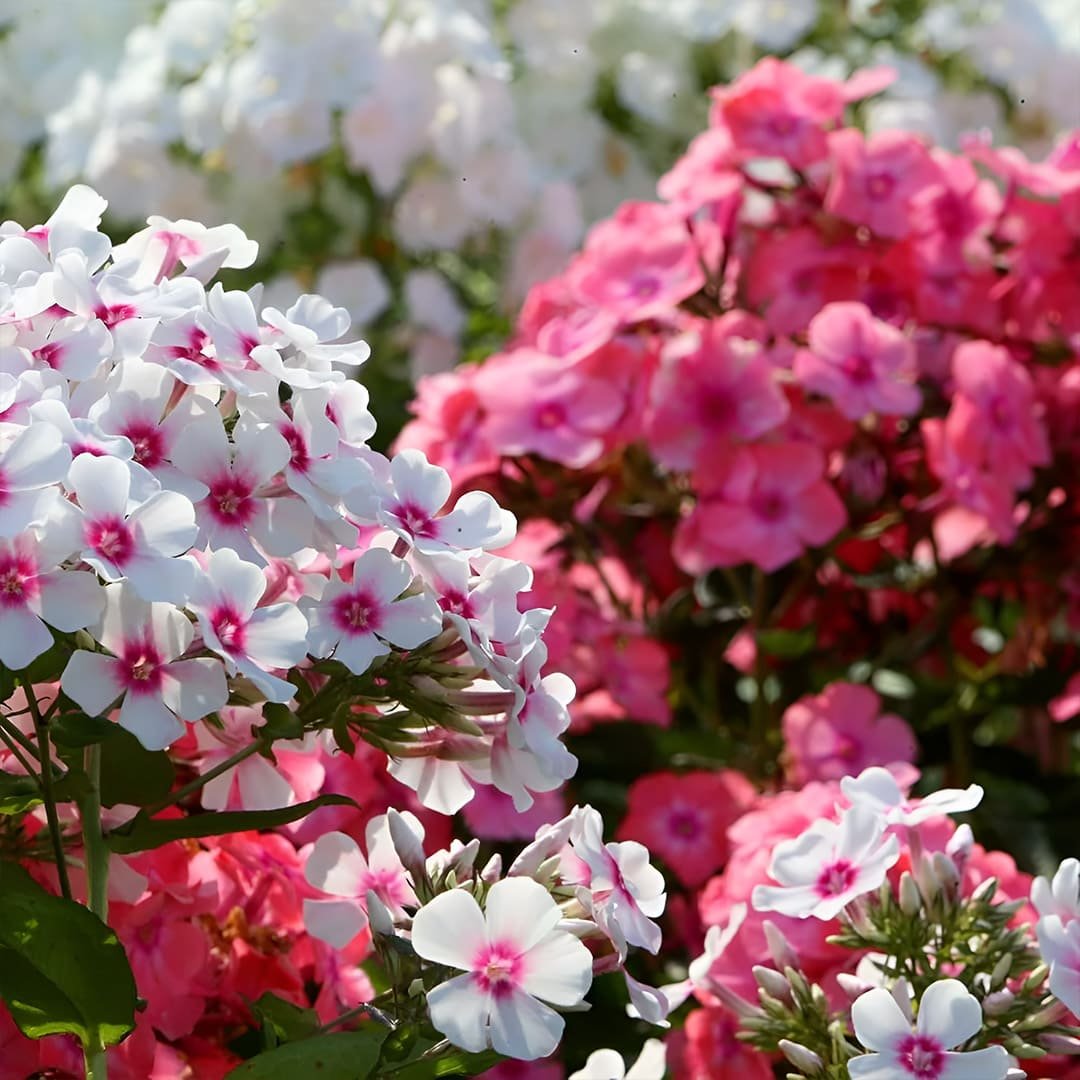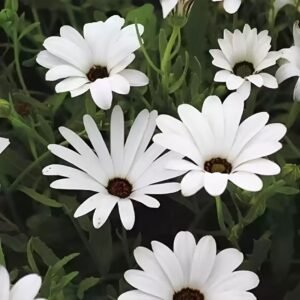Phlox Beauty Dwarf Mix Seeds
Original price was: ₹85.00.₹39.00Current price is: ₹39.00.
Product information
- Seed quantity: 200 Seeds
- Where to grow: Balcony or garden
- Best Sowing Season: Spring (February to March) and Autumn (September to November)
- Sowing method: Direct Or Seedling transplant
- Seeds Sowing Depth: 0.25 cm
- Germination temperature: 16-24°C
- Germination time: 5 to 14 days
- Blooming time: Spring until Summer (February to June)
Product Description
Phlox Beauty Dwarf produces flowers with soft petals that grow in clusters. This is the shortest variety of phlox flower plants and this variety has mixed colors of white, pink, red, purple, and blue flowers.
Product information
- Seed quantity: 200 Seeds
- Where to grow: Balcony or garden
- Best Sowing Season: Spring (February to March) and Autumn (September to November)
- Sowing method: Direct Or Seedling transplant
- Seeds Sowing Depth: 0.25 cm
- Germination temperature: 16-24°C
- Germination time: 5 to 14 days
- Blooming time: Spring until Summer (February to June)
Phlox Flower Care Tips
Soil: Use moist but well-draining soil as phlox does not like to grow in dry or sandy soil. You can also improve your soil by adding organic matter.
Water: Phlox plants are sensitive to drought and they do not grow well in dry soil. Consistent soil moisture is key to successful phlox growth, in addition, avoid overhead watering as this can lead to fungal infections
Sunlight: Phlox prefers full sunlight and some grow in partial shade as well. But the best is to get at least 6 hours of sunlight phlox plant.
Temperature: The optimum temperature for growing phlox plants is 15-26°C.
Mulching: Since phlox do not like hot and humid summers, so you can mulch the plant during mid to late June to keep the root cool.
Common pests and diseases: Some pests that feed on phlox plants are aphids, beetles, caterpillars, spider mites, and whiteflies. You can use neem oil on the plant to get rid of these insects. Other than this powdery mildew is a disease that infects the phlox plants and spoils their looks. It is best to cut off infected leaves to avoid the spread of the disease. Always check the plants that they are not infected and avoid overhead watering.







